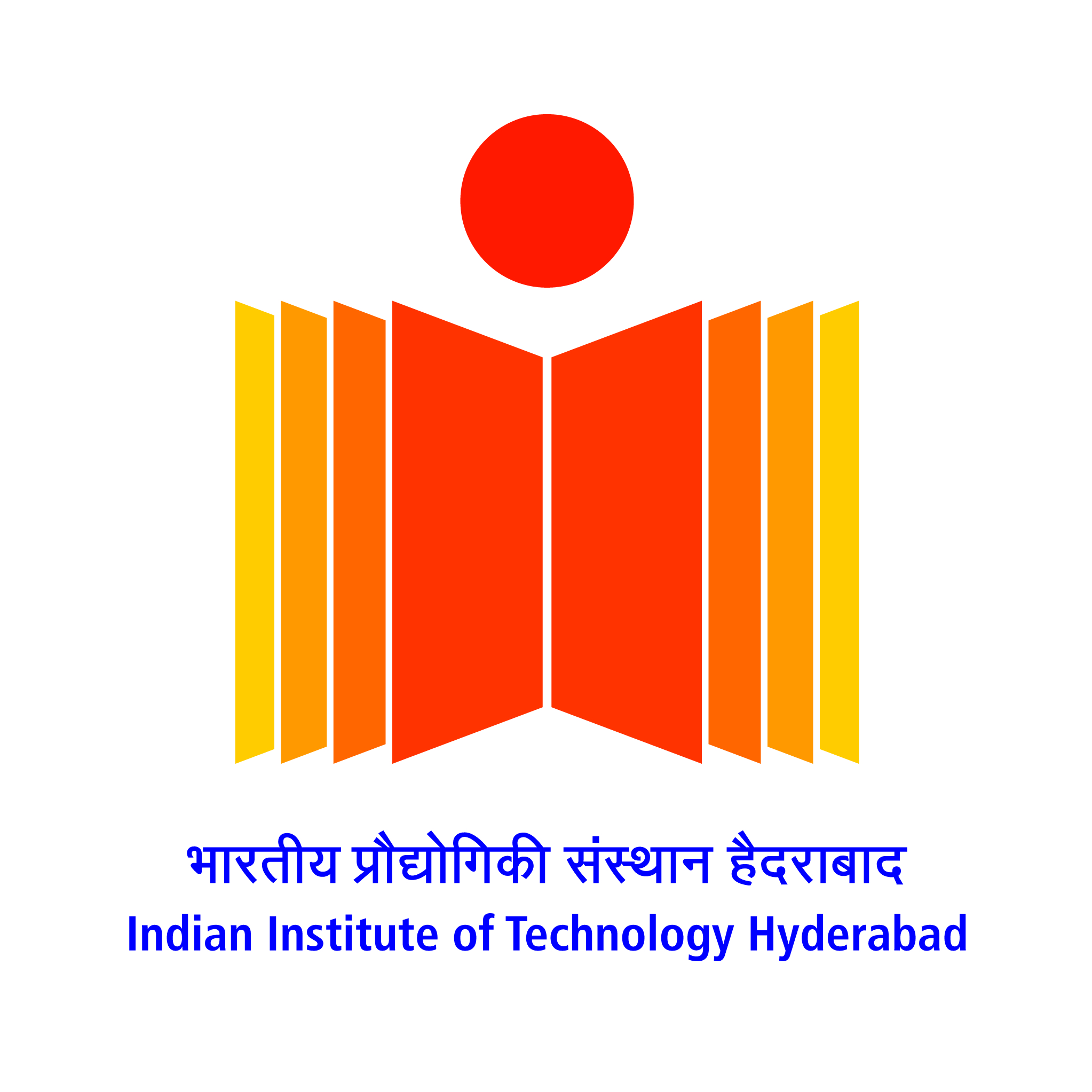Keynote Talks
Rethinking Data Transport for a Truly Mobile World
Hari Balakrishnan, Professor of Computer Science at MITMobile devices such as smartphones and tablets are rapidly becoming the dominant mode of Internet access. Mobile and wireless networks are very different from the traditional Internet: mobility causes network addresses to change, mobile devices have access to multiple different netwowrks, wireless network rates are highly variable, and delays on wireless networks are variable and often unacceptably high. These new realities cause current data transport protocols and the applications that rely on them to perform poorly (or not at all).
This talk will describe Mosh and Sprout, two new protocols to overcome these problems. Mosh is a interactive terminal application for mobile networks, which has become a popular SSH replacement for mobile users since its release in April 2012. Sprout is a transmission control method for cellular wireless networks, a TCP replacement that delivers high throughput while bounding the end-to-end delay over cellular wireless networks. Sprout outperforms previous TCP variants as well as current videoconferencing protocols like Skype, Hangout, and Facetime over cellular networks. The talk will focus on the principles and practical considerations that went into the design of Mosh and Sprout.
Mosh is joint work with Keith Winstein; Sprout is joint work with Keith Winstein and Anirudh Sivaraman (Keith and Anirudh are my PhD students).
SMart Communications for a Better Life
Bhaskar Ramamurthi, Director, IIT MadrasThe opportunities for lifting hundreds of millions of people to a dignified standard of living could not be better, but for the accompanying threat of runaway permanent damage to the ecosystem due to overuse of resources. The art of Sustainability Management, or SMart , is key to finding a way forward. Communications is a formidable tool for SMart, since it enables the fusion of geographically and temporally separated information about events, and the triggering of consequent intelligent actions, in order to vastly increase efficiency. The current focus on ubiquitous and scalable M2M communications opens up the possibilities for managing scarce water, transportation and energy resources in an efficient, frugal and equitable manner. The communication networks themselves can evolve towards lower emissions and energy use through the use of heterogeneous networks (hetnets). Large emerging economies like India should take the lead in showing the way to a more sustainable yet aspirational future.
Challenges in the Design and Analysis of Content Caching Networks
Jim Kurose, Department of Computer ScienceUniversity of Massachusetts Amherst
Today's Internet architecture, nearly 40 years old now, is grounded in a model of host-to-host communication. More recently, a number of researchers have begun to focus on Content Networking - a model in which host-to-content (rather than host-to-host) interaction is the norm. Here, content distribution and retrieval, rather than host-to-host packet delivery, is the core function supported in each and every network node. A central component of proposals for such content delivery is the routing of content requests to stored/cached content and returning content to requestors through a large-scale interconnected network of caches.
In this talk we focus on this cache network. We begin with a quick overview of Content Networking. We discuss the challenges in routing cache misses through this cache network, and then discuss the broad challenge of quantitatively analyzing networks of interconnected caches. We discuss the similarities and differences in analyzing networks of caches from analyzing networks of queues (for packet-switched networks) and networks of trunks (for circuit switched networks). We discuss approximate iterative fixed-point approaches as well as bounding approaches for characterizing cache network performance. We conclude with an overview of the many remaining challenges in analyzing cache networks.

























